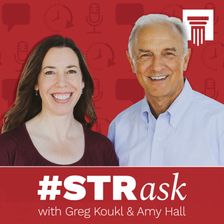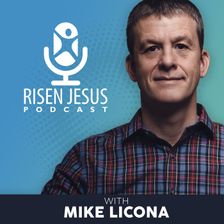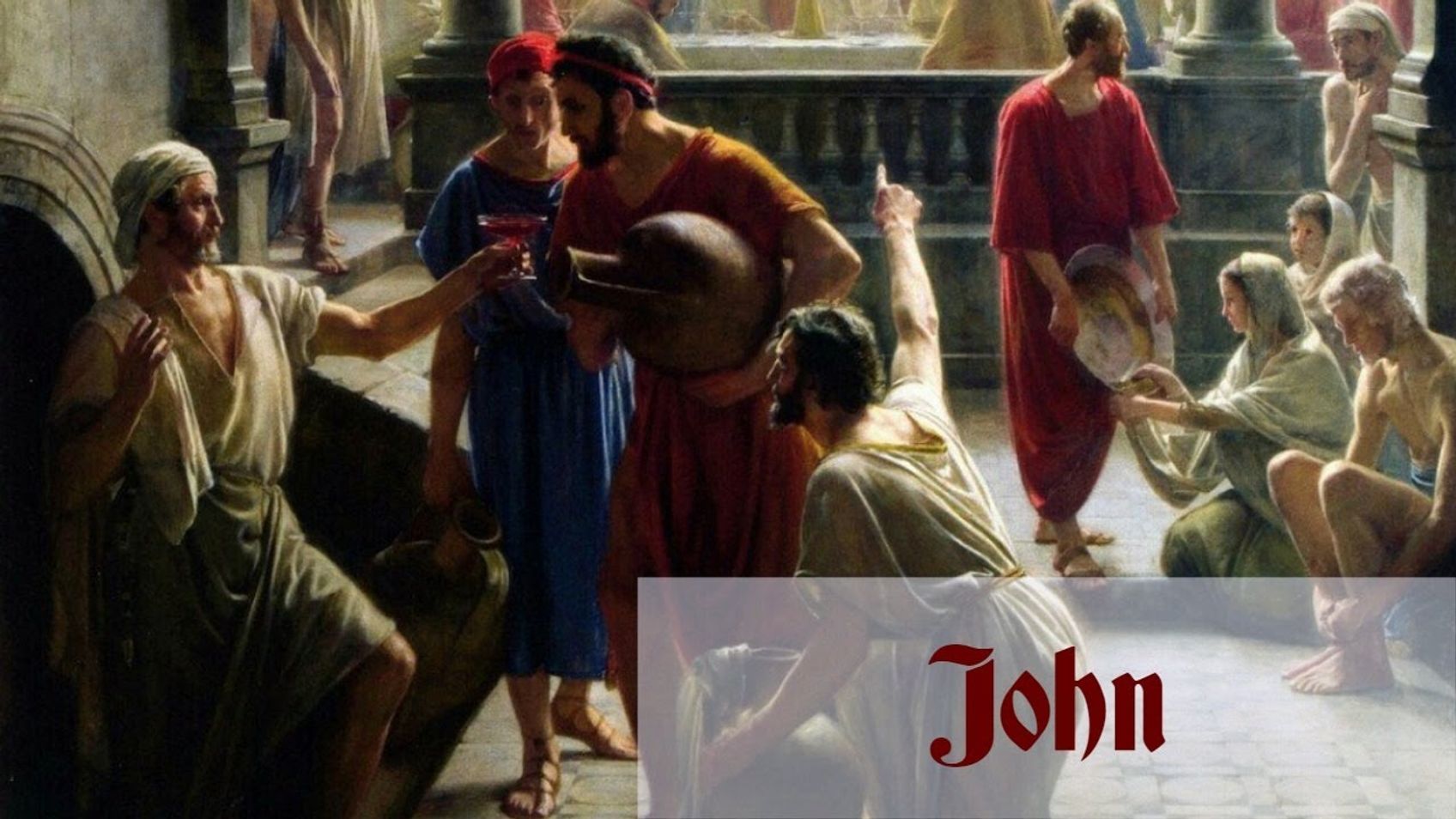John: Chapter-by-Chapter Commentary

*CONTENTS*
00:00:00 - John 1.1-28: The Word Became Flesh and Dwelt Among Us
00:14:30 - John 1.29-51: "Behold, the Lamb of God!"
00:26:17 - John 2: The Wedding at Cana and Cleansing the Temple
00:38:31 - John 3.1-21: Nicodemus
00:49:43 - John 3.22-36: "He Must Increase, but I Must Decrease"
00:59:00 - John 4.1-26: The Samaritan Woman at the Well
01:11:55 - John 4.27-54: Healing the Official's Son
01:19:54 - John 5.1-24: Healing at the Pool
01:25:09 - John 5.25-47: The Son's Judgment
01:36:04 - John 6.1-21: Feeding the Five Thousand
01:45:20 - John 6.22-40: The Bread of Life
01:53:56 - John 6.41-71: Words of Eternal Life
02:02:18 - John 7.1-24: Jesus Goes Up to the Feast
02:08:56 - John 7.25-52: Promise of Living Water
02:17:32 - John 7.53—8.30: The Woman Caught in Adultery
02:32:11 - John 8.31-59: The Truth Will Set You Free
02:40:13 - John 9: The Healing of the Man Born Blind
02:49:13 - John 10.1-21: The Good Shepherd
02:57:53 - John 10.22-42: I and the Father are One
03:07:56 - John 11.1-44: Raising of Lazarus
03:17:40 - John 11.45-57: Plot to Kill Jesus
03:24:18 - John 12.1-19: Anointing at Bethany
03:34:34 - John 12.20-50: Triumphal Entry
03:42:37 - John 13: Washing the Disciples' Feet
03:56:32 - John 14.1-14: The Way, the Truth, and the Life
04:02:35 - John 14.15-31: Another Helper
04:09:26 - John 15.1-17: The True Vine
04:17:42 - John 15.18-27: The World Will Hate You
04:23:58 - John 16.1-15: The Spirit of Truth
04:29:35 - John 16.16-33: Sorrow to Joy
04:36:20 - John 17: Jesus' High Priestly Prayer
04:46:06 - John 18.1-27: Betrayal, Arrest, and Peter's Denial
04:53:08 - John 18.28-40: Jesus Before Pilate
04:59:00 - John 19.1-37: The Crucifixion
05:08:56 - John 19.38-42: Jesus' Burial
05:15:12 - John 20: Jesus' Resurrection
05:26:10 - John 21: Appearance at the Sea of Tiberius
If you have enjoyed my videos and podcasts, please tell your friends. If you are interested in supporting my videos and podcasts and my research more generally, please consider supporting my work on Patreon (https://www.patreon.com/zugzwanged), using my PayPal account (https://bit.ly/2RLaUcB), or by buying books for my research on Amazon (https://www.amazon.co.uk/hz/wishlist/ls/36WVSWCK4X33O?ref_=wl_share).
The audio of all of my videos is available on my Soundcloud account: https://soundcloud.com/alastairadversaria. You can also listen to the audio of these episodes on iTunes: https://itunes.apple.com/gb/podcast/alastairs-adversaria/id1416351035?mt=2.
More From Alastair Roberts
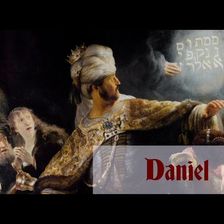

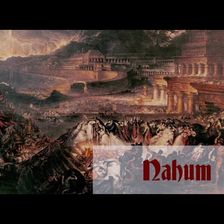
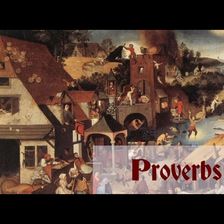
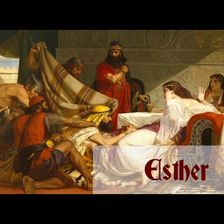
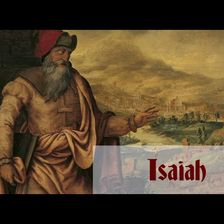
More on OpenTheo
